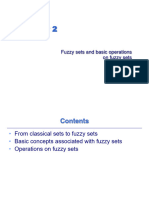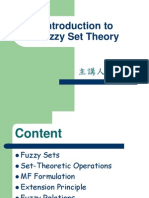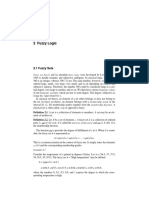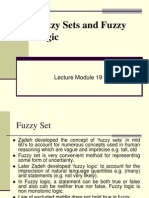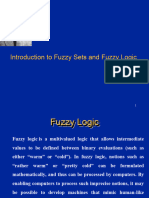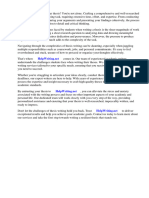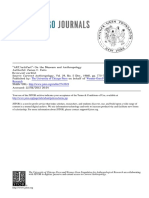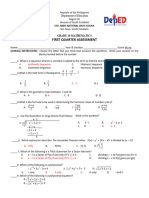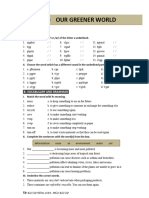0% found this document useful (0 votes)
20 views11 pages86 - Assignment-3 DS Lab
The document outlines the implementation of fuzzy set operations and membership functions, explaining fuzzy sets as mathematical constructs that allow for degrees of membership between 0 and 1. It details operations such as union, intersection, and complement, along with various fuzzy membership functions like triangular, trapezoidal, and Gaussian. The conclusion emphasizes the utility of fuzzy sets in modeling uncertainty and their applications in fields like control systems and decision-making.
Uploaded by
avadhoot.dhumal9Copyright
© © All Rights Reserved
We take content rights seriously. If you suspect this is your content, claim it here.
Available Formats
Download as PDF, TXT or read online on Scribd
0% found this document useful (0 votes)
20 views11 pages86 - Assignment-3 DS Lab
The document outlines the implementation of fuzzy set operations and membership functions, explaining fuzzy sets as mathematical constructs that allow for degrees of membership between 0 and 1. It details operations such as union, intersection, and complement, along with various fuzzy membership functions like triangular, trapezoidal, and Gaussian. The conclusion emphasizes the utility of fuzzy sets in modeling uncertainty and their applications in fields like control systems and decision-making.
Uploaded by
avadhoot.dhumal9Copyright
© © All Rights Reserved
We take content rights seriously. If you suspect this is your content, claim it here.
Available Formats
Download as PDF, TXT or read online on Scribd
/ 11





















